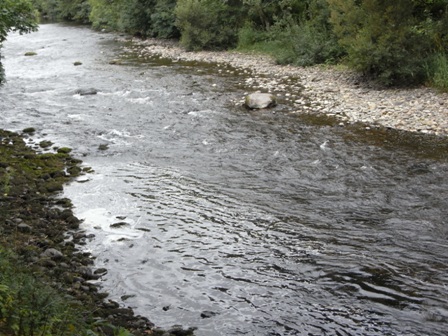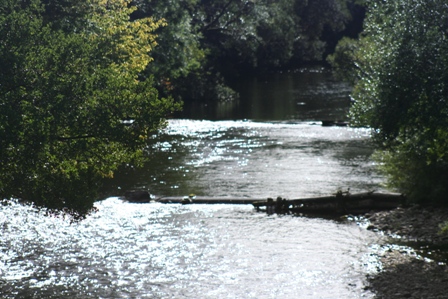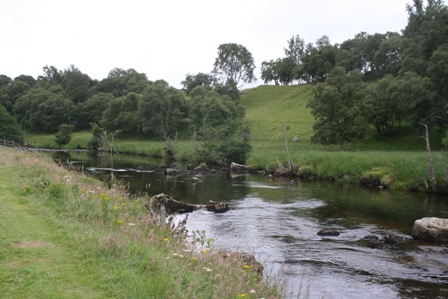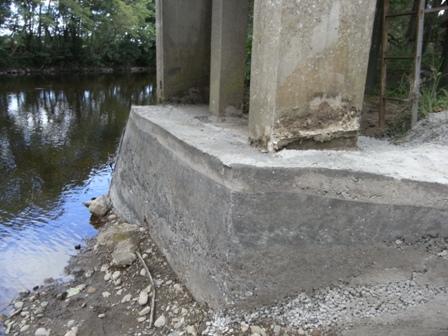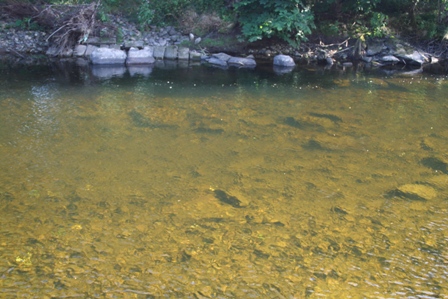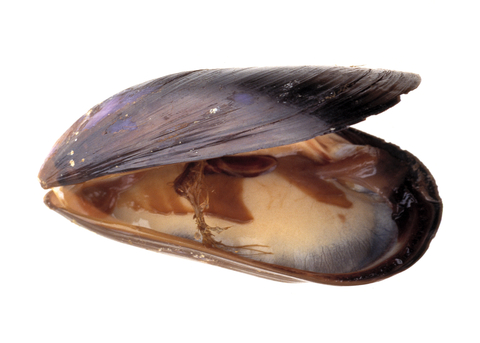These bulletin blogs represent news about Finavon and the South Esk, and my views as a riparian owner. While I may digress at times to write about other places, these are not the views of any other organisation, nor are they designed to promote the interests of any individual or organisation other than Finavon Castle Water and factors affecting the fishery. Tony Andrews
Marine Scotland has now published catch statistics for the 2012 season. The following comments are my first reaction to the published figures for the South Esk District. It is important when looking at the net catches for the district to recognise two points:
1. All fish caught by the nets are killed
2. Only about 40% of the total net catch can resaonably be attributed to the South Esk
Here is a brief summary of 2012 South Esk catches
SALMON & GRILSE
South Esk (river) total rod catch (of which 562 were released) = 813
South Esk District total net catch (all killed) = 3,439
SEATROUT
South Esk (river) total rod catch (of which 324 were released) = 542
South Esk District total net catch of sea trout = ???
By taking the total salmon & grilse rod catches (killed) and adding them to 40% of the total net catches we get a figure of 1,631 salmon and grilse potential spawners removed from South Esk stocks. If 60% of these were female, each with the potential to deposit 5,000 eggs, we have potentially lost 978.6 x 5000 = 4.9 million eggs which, I suggest, is many times more than any hatchery could produce – and these would have been deposited by wild fish in locations chosen by wild fish!
I have long argued that rod catches do not tell the whole story, but they are at present all we have to go on. When I think about the 2012 season, I remember the incessant rain and high water which did not encourage salmon or sea trout to settle in the pools of the middle river. While FCW had a reasonable season with 137 salmon and grilse and 161 sea trout, it was not a good year for the lower river. I suspect that 2012 may have been a productive spawning year, although I do have concerns about two violent floods during the winter months that may have disrupted the redds.
The truth is that we don’t know how many fish spawned in 2012, nor where they spawned, nor what survival rates – ova to fry – were. Nor do we know how many salmon and grilse entered the river and we have only a very vague understanding of the structure of the river’s stocks. Perhaps it is time to make stock assessment our number 1 priority on the grounds that if we understand the stock we can identify and help its weaker components.
TA
